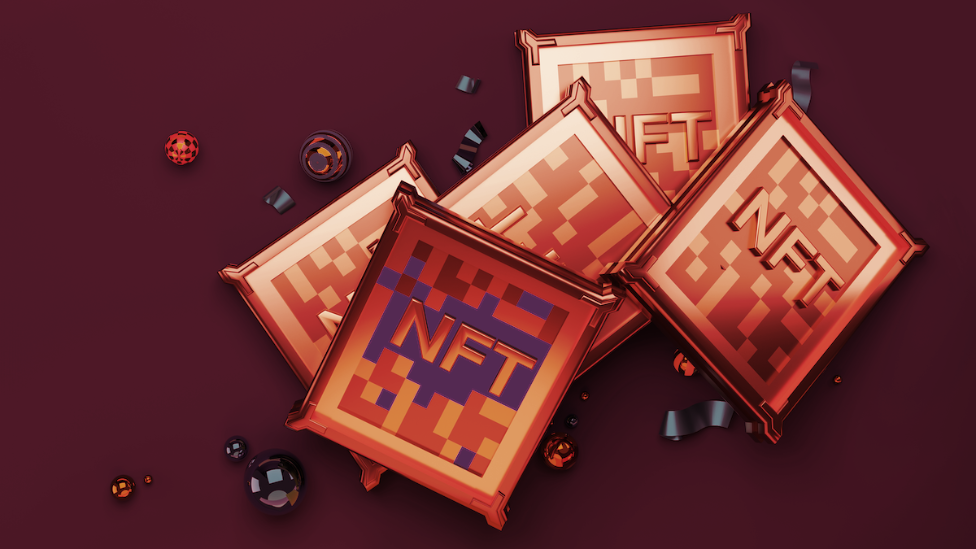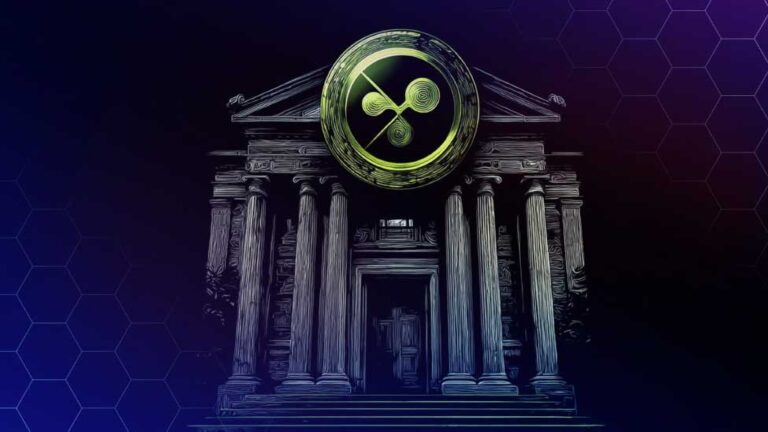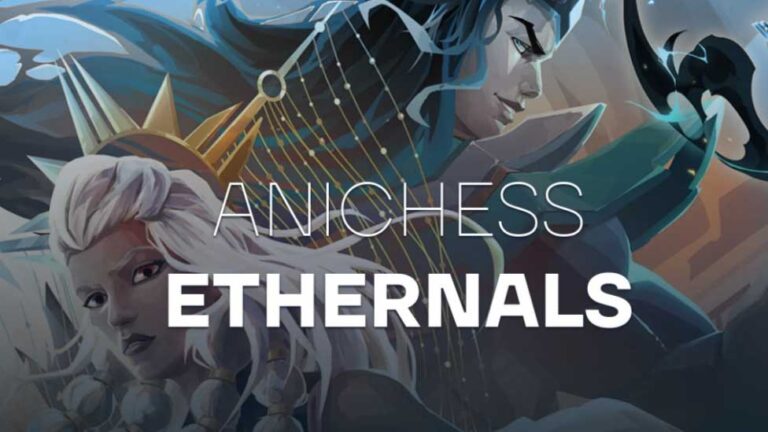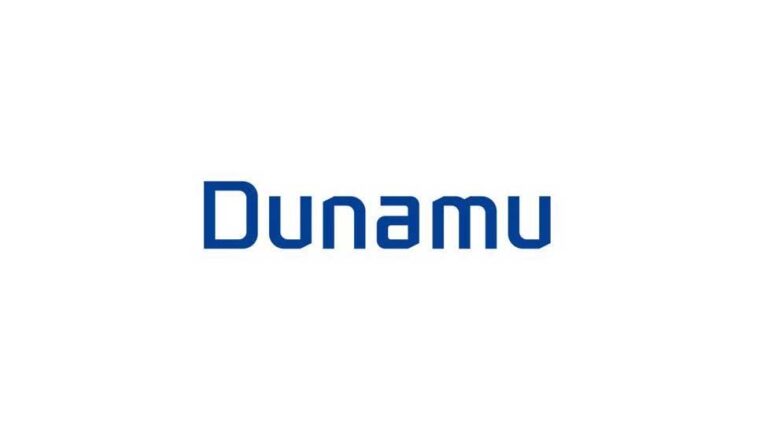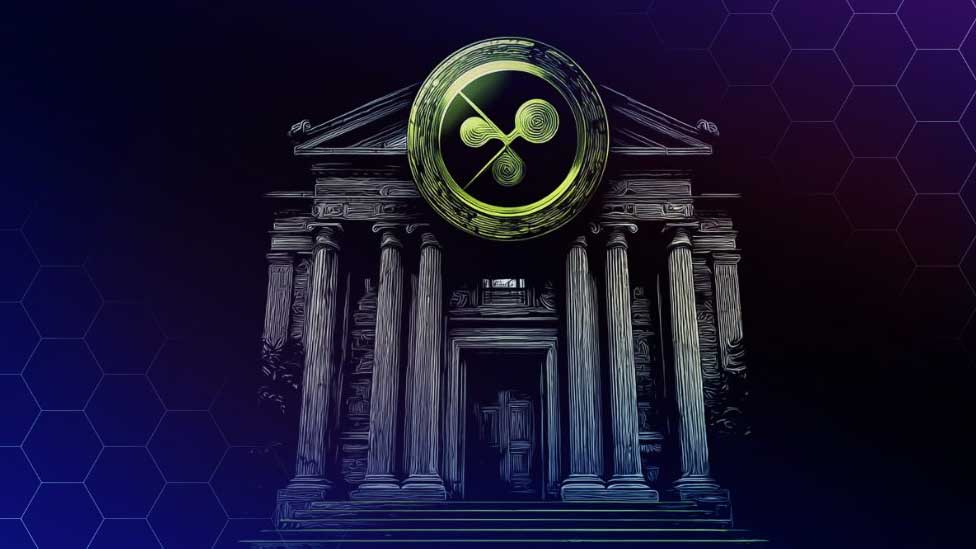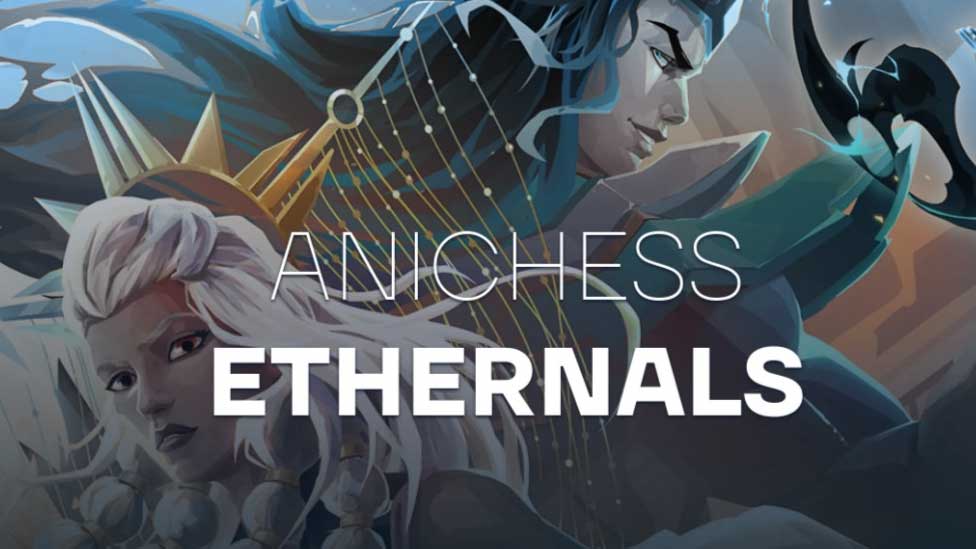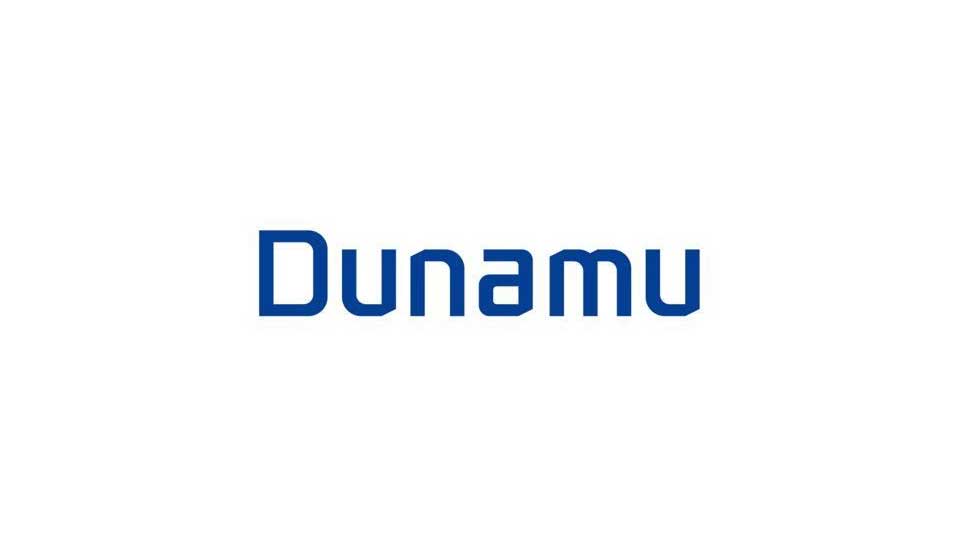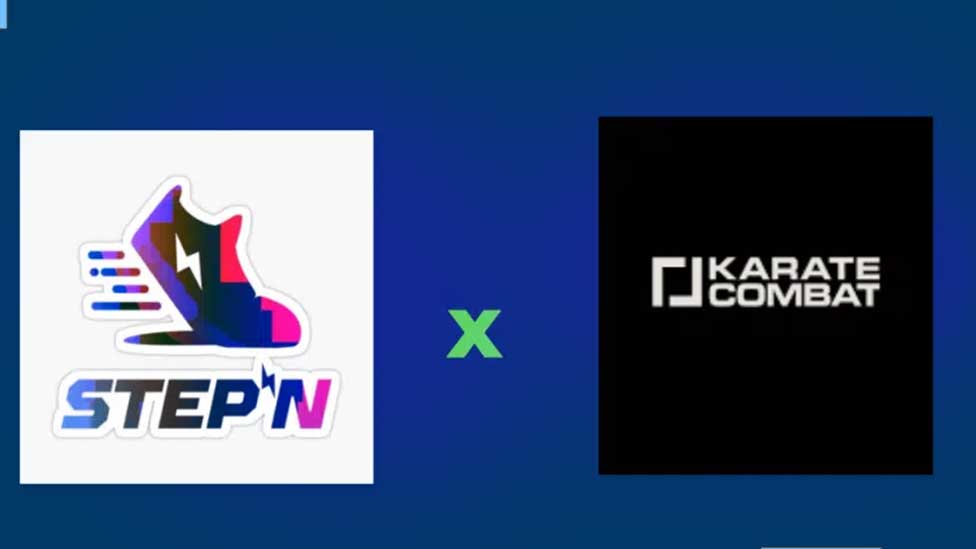In the not-so-distant past, NFTs emerged as the revolutionary force following the Metaverse, captivating the digital world with their potential. This era of digital collectibles held immense promise, heralding an exciting era in the virtual frontier. However, recent developments have cast a shadow of uncertainty over the once-thriving NFT industry, leaving much to be desired. According to data meticulously gathered by Dune Analytics, the liquidity of NFTs has experienced a steady decline over the past three months.
In an alarming turn of events, June witnessed a staggering 50% decrease in daily trading volume, painting a bleak picture of waning interest and dwindling activity within the NFT ecosystem. As a response to this industry-wide downturn, prominent NFT marketplaces have embarked on an innovative trend, enticing users with a range of incentives to revitalize diminishing interest and participation. However, the efficacy of these strategies remains questionable, as the fundamental challenges plaguing the NFT market persist.
Understanding the Impact of NFT Trade Activity and Counterparties
NFT liquidity is a crucial aspect that determines the ease and accessibility of buying and selling non-fungible tokens within marketplaces. When liquidity is high, it facilitates seamless transactions as willing buyers and sellers actively participate in the market. Conversely, low liquidity indicates a decline in trading activity and poses challenges in finding suitable trading partners. Recent data analyzed by Dune Analytics revealed a concerning trend, showing a consistent decrease in daily trades over the past three months. In mid-March, the global trade volume of non-fungible tokens stood at approximately $60 million, but as of June, it has dwindled to an average of $20 million per day. A significant decline in trading activity raises concerns about overall trading activity and highlights the need to examine the factors contributing to it.
Boosting NFT Trading: Incentives in Prominent NFT Marketplaces
In response to the decrease in trading activity, prominent NFT marketplaces have taken proactive measures by introducing enticing incentives to attract a more extensive user base and foster increased collectible trading. One such marketplace, Blur, recently announced updates to its incentive system for traders on June 7. In their official statement, Blur highlighted their focus on rewarding bidders who are willing to take calculated risks, offering them the highest number of Bidding Points as a form of recognition. Another notable marketplace, LooksRare, previously known for its daily trading volume in the hundreds of millions of dollars, has declined since May 2022. Currently, it’s trading activity hovers below $10 million. However, LooksRare made a significant move on June 1 to recapture its former glory by introducing a trading rewards scheme, aiming to reignite interest and engagement among traders. These marketplaces’ efforts to incentivize trading reflect their recognition of the need to revitalize the NFT market and reinvigorate user participation.
Sustaining NFT Liquidity: Moving Beyond Incentives
While incentives may initially capture attention, the long-term sustenance of liquidity and trading volume relies on genuine and organic interest within the NFT ecosystem. Incentives alone must generate a temporary surge in liquidity and trading volume. However, they fail to address the underlying factors that truly drive organic interest. In recent times, despite the bustling activity witnessed in 2021 and 2022, there has been a noticeable dearth of genuine interest from collectors, creators, and investors. Due to unfavorable market conditions, the NFT space faces challenges to sustained growth. Organic interest in NFTs stems from intrinsic factors such as digital assets’ uniqueness, scarcity, and inherent value. Recognizing and nurturing these fundamental drivers of organic interest is essential for restoring and maintaining a thriving NFT ecosystem.

